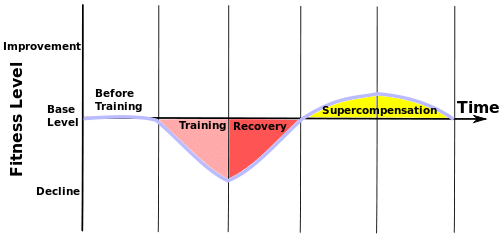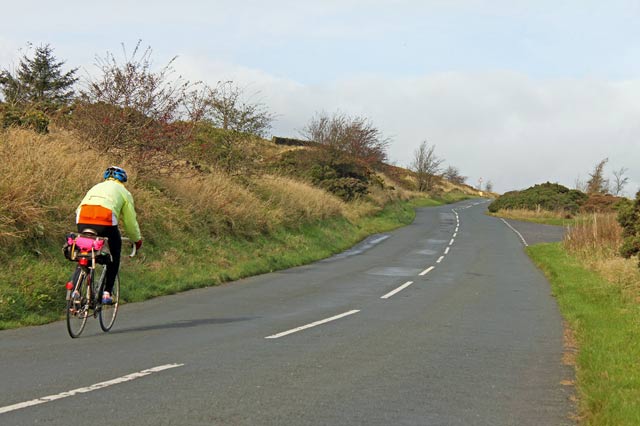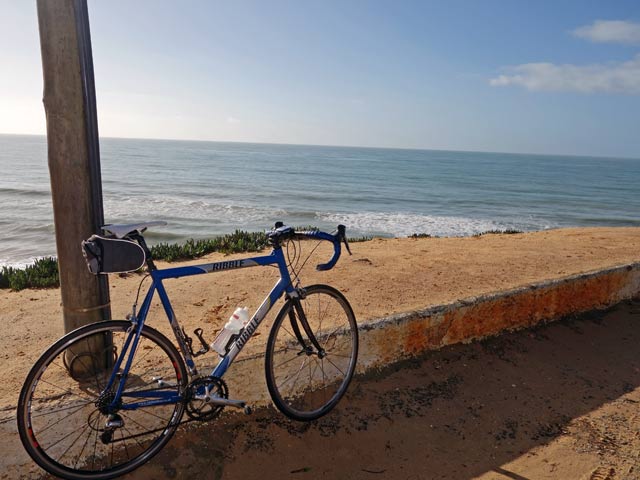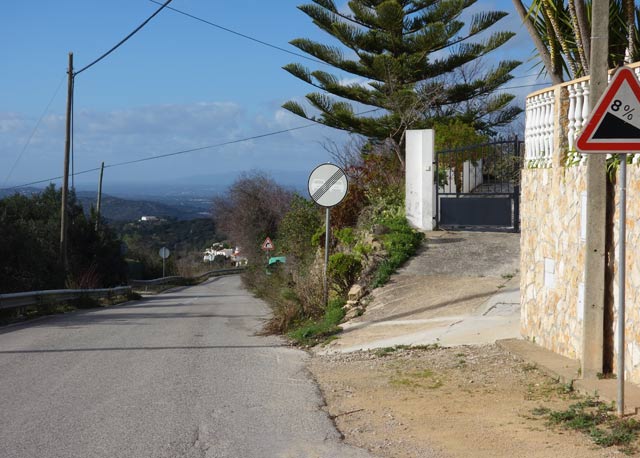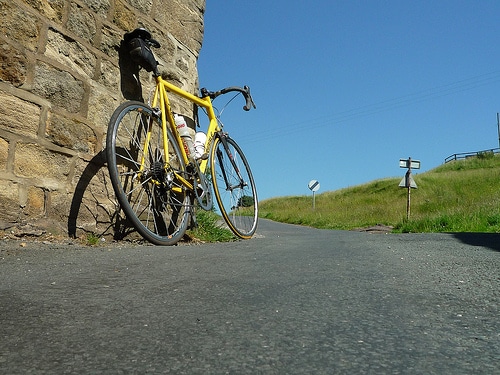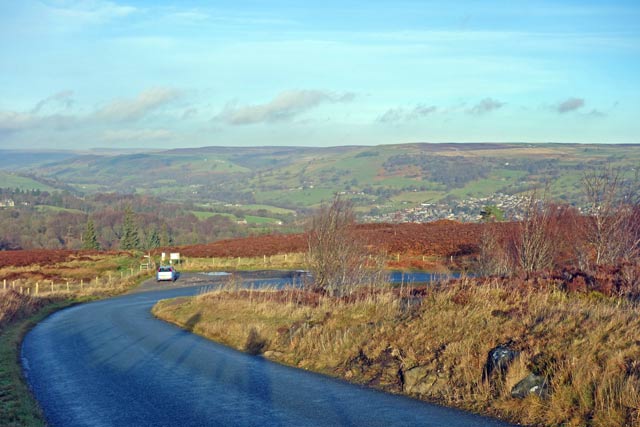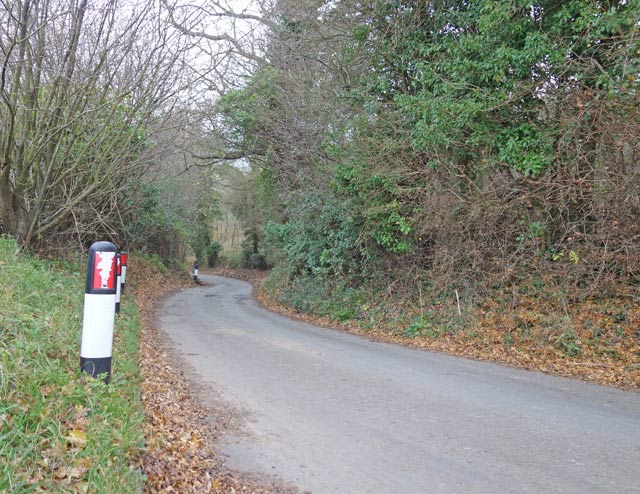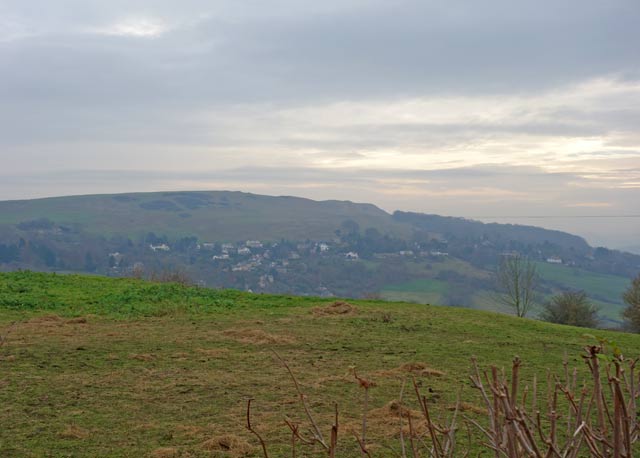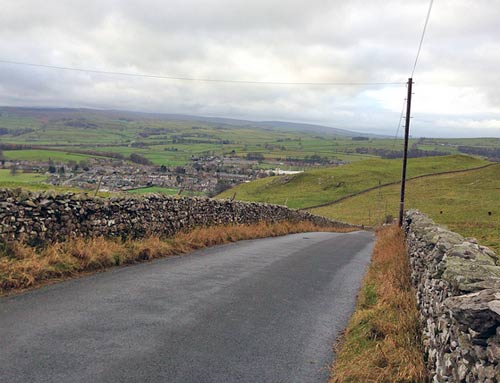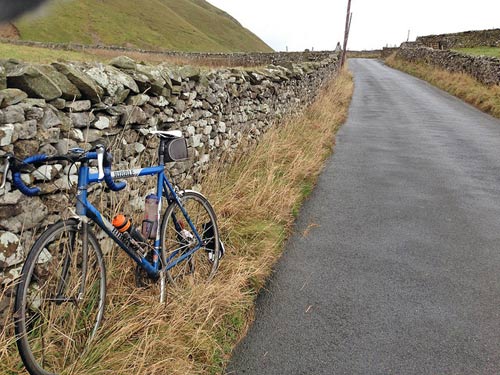This is my first week back in training since accident in Portugal. At the time it felt fairly dramatic because I couldn’t walk for two days, but it seems to have gotten better quite quickly. Last week, I did a few light turbo sessions and commutes into town and this week felt like getting back on the training bike.
There was some residual discomfort – mostly when trying to get on my bike. But, once on the bike, there was hardly anything. Anyway I’ve been injured enough to do know that when coming back from injury, it’s advisable to take it easy and not go overboard. The watchword this week has been short training sessions. No six hour rides just yet. The good news is, that for the races I do, you don’t actually need to do a lot of hours (apart from 12 hour TT, I suppose). I just like cycling a lot. But, for a few weeks, I’ll be just testing the waters to see how leg responds. Not so much because of the recent injury, I’m more concerned about left-right leg imbalance and consequent knee problems I’m susceptible to at this time of the year.
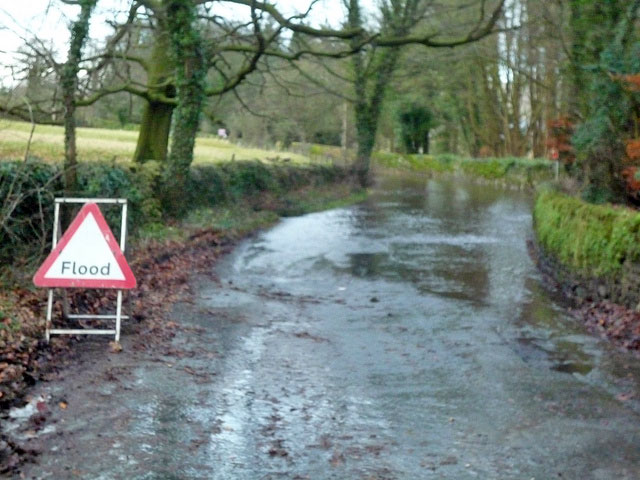
Training this week.
Mon – 33 miles – 2 hours. Steady. Menston to Burnsall
Tues – 25 miles – 1 hour 45 mins. Steady Menston to Bolton Abbey. I was going to go further but leg was mild discomfort so I turned back
Wed – 29 miles – 1 hour 30 mins. on Time trial bike Oxford to Thame. This was at level 2/3. My TT bike has a power meter (finally fixed!) so I kept in the region of 230-270 watts. It’s hard to keep constant power on the road. It was quite fast on TT bike and it’s always a buzz after slow winter rides. This effort level felt like real training rather than just the steady pottering of earlier rides.
Thurs – just commute
Friday Rollers – 1 hour 20 mins. I went on TT bike again. This time on the rollers (because it was raining.) I thought I’d try and keep power at 265 watts for an hour to see what it was like. I don’t know why I choose 265, but it seemed a manageable figure.
- To start off with 265 watts felt like high level 2.
- After 30 minutes, it felt like level 3
- The last 5 minutes were hard work.
It was an interesting lesson in pacing. It felt like training in that ‘sweet spot’ level I talked about in recent post on cycling and mood.
On the rollers, it’s quite easy to keep to a target wattage. I was just riding a big 56*14 gear at a constant high cadence.
I really enjoyed the ride, which surprised me. Usually turbo work is boring. But, somehow having a power output to aim for made it vaguely interesting. Also, being on a TT bike on the rollers is quite hard work. I was spending 5 minutes on Tribars, 5 minutes sitting up. The hour passed relatively quickly, though by the last 5 minutes, it was hard work.
When I got off rollers, I was sore. Not because of old injuries, but because it’s always painful going on the TT bike on the rollers. I must remember to stand up more often.
Related


